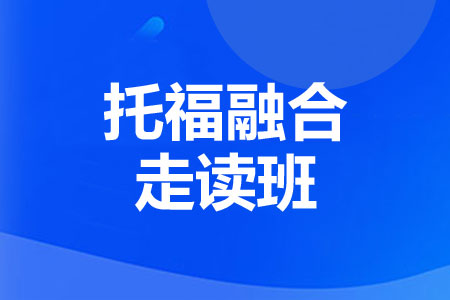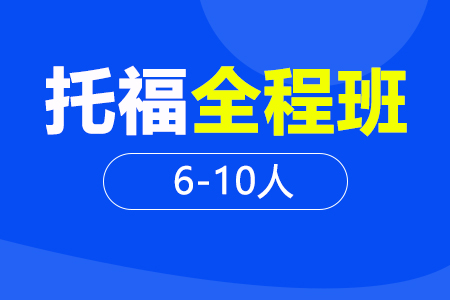托福TPO63听力原文+题目+答案解析:Listening L4
托福TPO试题基本所有参加托福考生必做试题,在下文中上海新航道托福培训小编整理了托福TPO63听力原文+题目+答案解析:Listening L4,希望对大家有所帮助!
TPO63Listening L4听力原文+题目
Listening L4
1.What is the lecture mainly about?
A. The development of the lens of the human eye
B. The function of different types of cells in the human eye
C. Features of cells that enable cells to repair themselves
D. Characteristics of the lens of the human eye
2.Why does the professor compare the lens of the human eye to jellyfish?
A. To point out that transparent tissue has many possible benefits
B. To emphasize the uniqueness of the lens
C. To explain why the jellyfish is considered such a unique organism
D. To illustrate that transparency is a common feature in animals
3. The professor mentions several features of the lens that contribute to its transparency. Select the following phrase that is a feature that contributes to the transparency of the lens.
A. Precisely aligned cells
B. Loosely connected cells
C. Lack of blood vessels
D. Clear cell nuclei
E. Only one type of cell
4 .What does the professor imply about cells that do not contain organelles?
A. They have thick walls.
B. They are shaped like crystals.
C. They cannot repair themselves
D. They do not have unique functions.
5.Why does the professor mention French painter Claude Monet?
A. To point out that the colors he used are true to nature
B. To describe the consequences of lens discoloration
C. To illustrate the relationship between wavelength and color
D. To explain that artists often paint from memory
6.Why does the professor say this:
A. To find out if all the students realize that the lens lacks blood vessels
B. To find out if the students have additional questions
C. To suggest that there is another answer to her question
D. To convey surprise that only one student responded to her question
索取“完整原文+题目+答案+解析+MP3音频”,请加新航道上海老师微信(shnc_2018)










